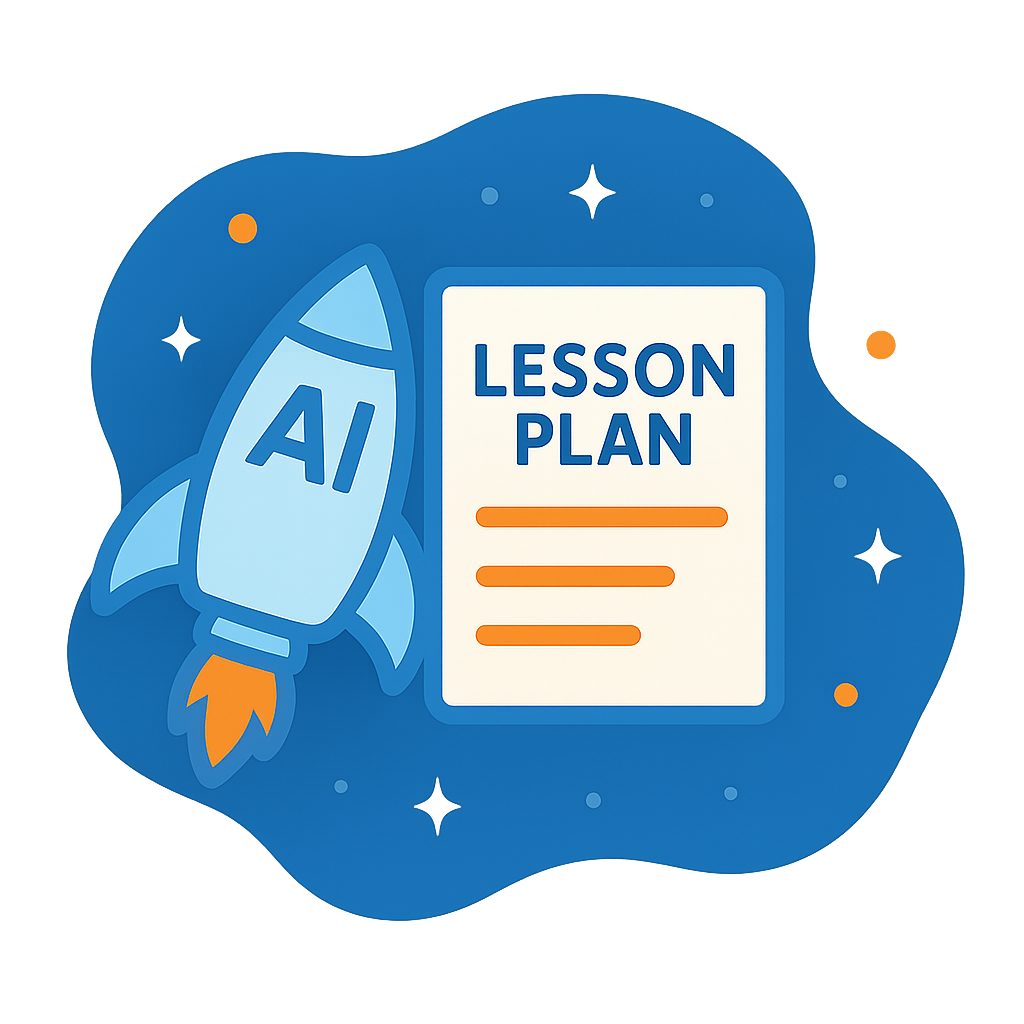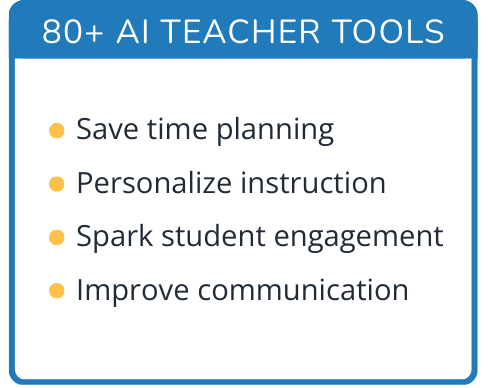Hi, what do you want to do?
Curated OER
Popcorn Neutrino Lab
Pupils parcticipate in a modeling activity that simulates the cyclical role of experimental and theoretical science. Initially, students measure the mass of popcorn. They also record predictions of the mass of the kernels after they are...
Curated OER
Exploring the Celestial Neighborhood
Ninth graders study the origin and organization of the solar system. They investigate the Earth's place in the system and how planetary motions explain natural phenomena observable from Earth.
Curated OER
Transformation With A Firefly Gene
Students understand the process of bacterial transformation through experimentation. They describe the function of two important genes of the pBestLuc plasmid. They explain how to induce competence in E. coli cells.
Curated OER
Attenuation of Light in Water
Students explore what happens to light intensity as depth increases using a light intensity logger. They construct a PVC model to hold water and identify what factors could influence the amount of light attenuation.
Curated OER
Laetoli Trackway Puzzle
Students try to reach a "best explanation" after viewing diagrams. In this trackway activity students complete several worksheets, make observations and hypothesize.
Curated OER
Who Am I? Famous Scientists
In this scientists worksheet, learners read a brief synopsis of a scientist, then try to identify the person, 12 total. Worksheet contains links to additional activities.
Curated OER
Pendulum Lab
Students predict how changing the pendulum components affect its period. In this physics lesson, students calculate the period using different masses. They analyze lab result and complete assigned worksheet.
Curated OER
Adding Creativity to Science Inquiry
Students investigate friction by manipulating some of the variables affecting it. In this inquiry lesson, students design their own experiment. They create a video about it and share it to class.
Curated OER
Numerical Determination of Drag Coefficients
Students create a video of an object falling with a drag. In this physics lesson, students calculate drag coefficient using data from Logger Pro. They calculate velocity and acceleration of the object.
Curated OER
How Can You Study Things You Can’t See Like: Atoms?
Students simulate how scientists studied things they can't see like atoms. In this chemistry lesson, students predict what is inside the numbered obsertainers. They design a way to investigate what's inside without opening it.
Curated OER
How We See: The First Steps of Human Vision
Pupils notice how various images and colors update constantly as they are affected by factors such as distance, background and lighting. They also examine how optometrists developed a standard to evaluate eyesight.
Curated OER
How Does Climate Affect Your Environment?
Students access the Global Sun Temperature Project website and research the relationship between the location and climate of a participating school to its building structure. They consider how climate affects the type of structures...
Curated OER
Saint Lawrence Island Rain Parka
Learners make a Saint Lawrence Island Rain Parka after researching walrus life.
Curated OER
Whipping up Willows
Students use the information they were able to discover from elders and community members as a basis for their study of ows. This lesson leads to a time of sharing with the elders and community members who provided information to Students.
Curated OER
Plants
Students plant bean seeds and draw pictures of the plants as they grow. They create their own garden, plant the seeds, and keep a journal of their growth.
Curated OER
Life on a Farm
Students take a field trip to a farm or observe pictures of farms and animals in the classroom. They paint a mural of a farm setting with animals. They practice phonetic skills with farm stories and songs. They explain how milk becomes...
Curated OER
Understanding the Layers of the Earth
Fourth graders explore the three layers of the Earth describing the composition, thickness, and temperature of each layer. Layers are compared and contrasted and data unearthed placed into graphic organizers.
Curated OER
Animals
Second graders discuss the term "endangered". They identify the reasons some animals are in danger of being wiped out. They discover ways humans can help the species survive.
Curated OER
Environmental Education
Second graders examine how their choices affect the environment. They identify different types of pollution and its source. They ask questions to end the lesson.
Curated OER
Earth
First graders define what a planet is and study the planet earth. They examine the effects of the sun on the earth and make a model.
Curated OER
Oceanography
Fifth graders study the topography of the ocean floor. They determine its ever changing nature as they examine currents and trade winds. They write paragraph describing how the winds might affect land formations after the discussion of...
Curated OER
How Science Works: Natural Selection
Students are introduced to the topic of adaptation and discuss how various animals adapt to their environment. In groups, they participate in a simulation in which they are selected based on criteria. They discuss the results and relate...
Curated OER
It's All In The Rocks
Students think critically to determine fact or inference when examining sedimentary layers with embedded fossils. Geology and evolutionary biology are introduced. They individually write a story about various diagrams and share their...
Curated OER
Uncovering the Tales of Famous Explorers and Their Historical Expeditions
Students investigate various expeditions throughout history to new and or uncharted territories. They participate in groups in order to develop and produce television news magazine segments about some of these historical expeditions.




























